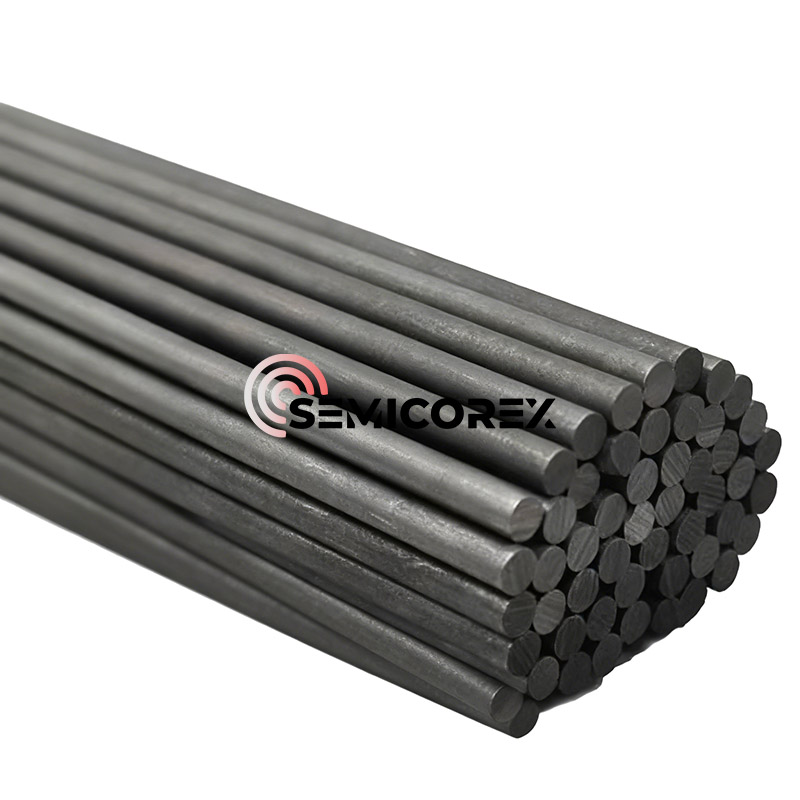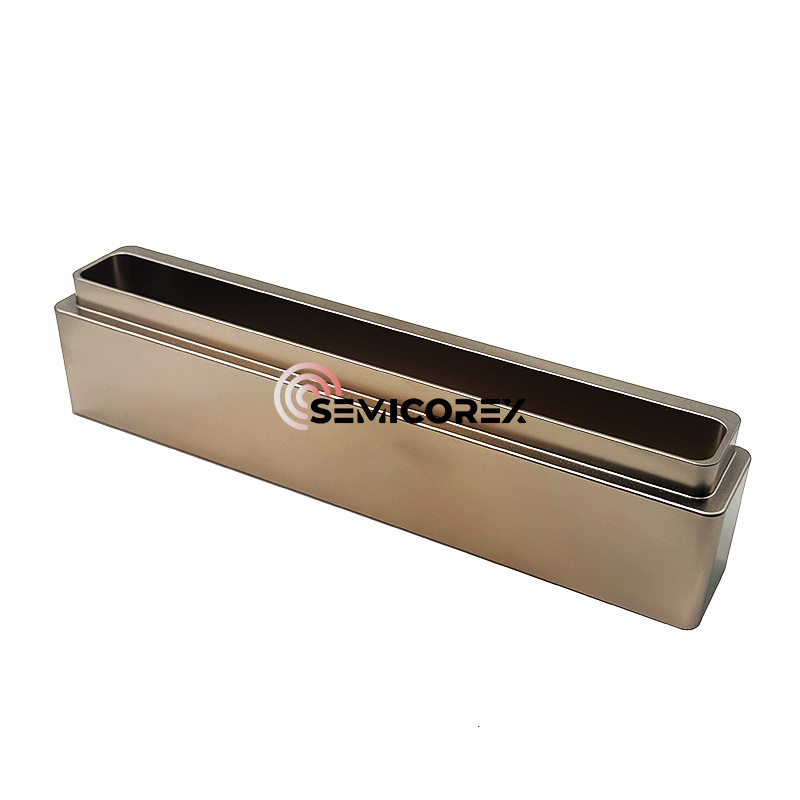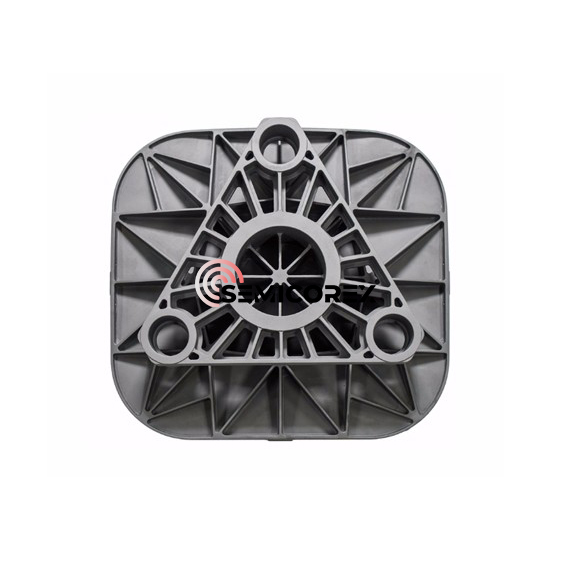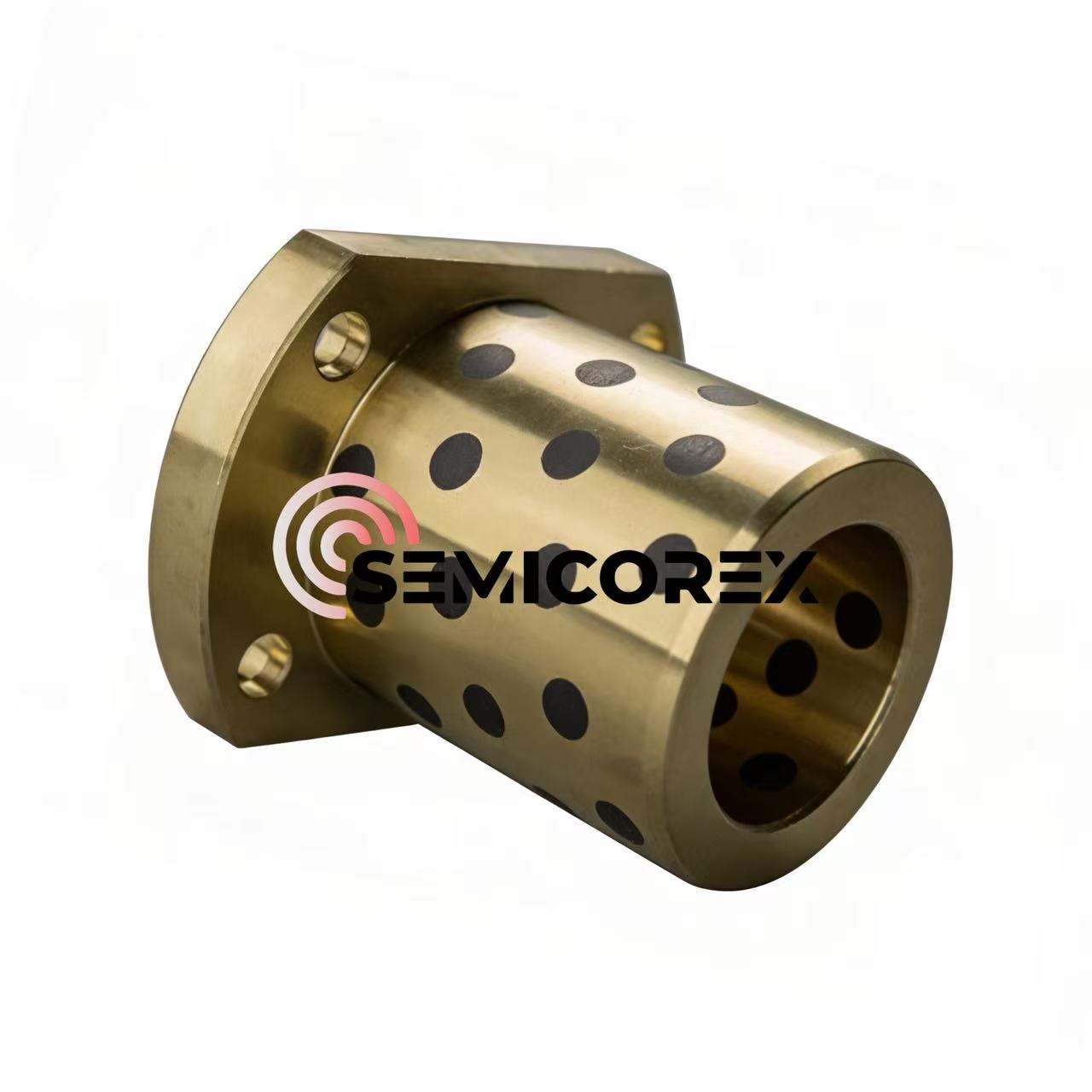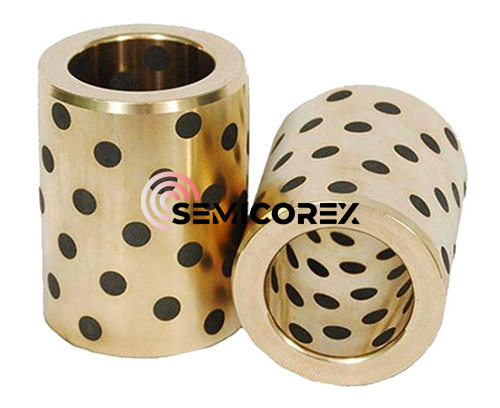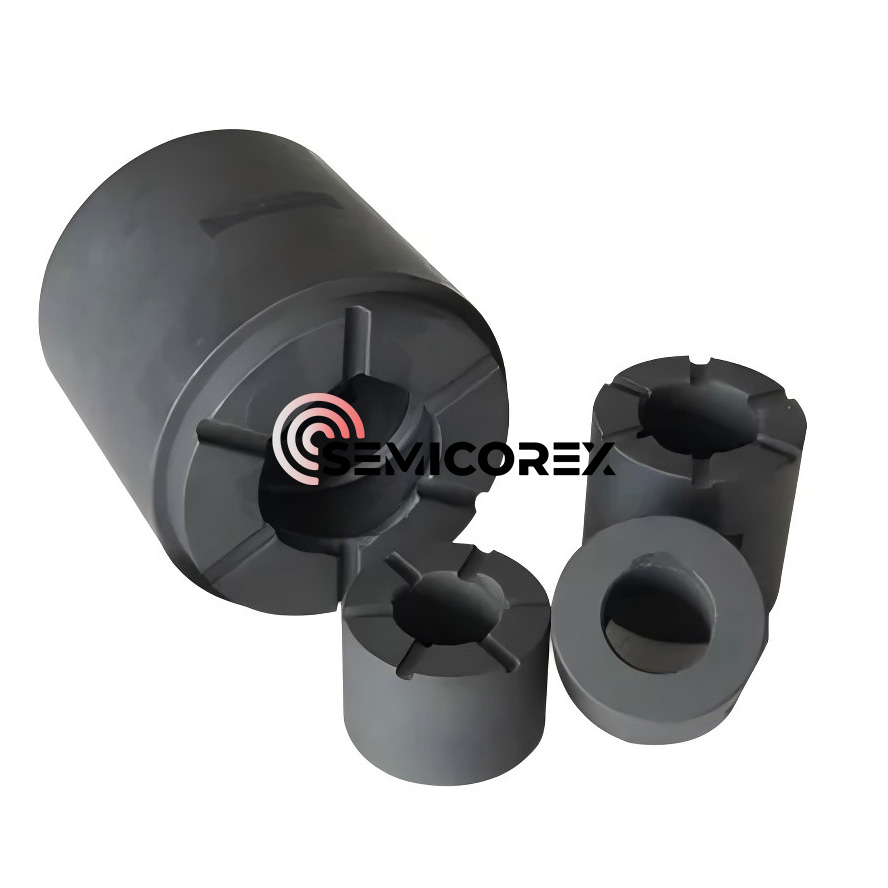
- English
- Español
- Português
- русский
- Français
- 日本語
- Deutsch
- tiếng Việt
- Italiano
- Nederlands
- ภาษาไทย
- Polski
- 한국어
- Svenska
- magyar
- Malay
- বাংলা ভাষার
- Dansk
- Suomi
- हिन्दी
- Pilipino
- Türkçe
- Gaeilge
- العربية
- Indonesia
- Norsk
- تمل
- český
- ελληνικά
- український
- Javanese
- فارسی
- தமிழ்
- తెలుగు
- नेपाली
- Burmese
- български
- ລາວ
- Latine
- Қазақша
- Euskal
- Azərbaycan
- Slovenský jazyk
- Македонски
- Lietuvos
- Eesti Keel
- Română
- Slovenski
- मराठी
- Srpski језик
China Isostatic Graphite Manufacturers, Suppliers, Factory
Carbon/graphite material molding essentially involves increasing the density of the powder mixture and ensuring close contact between the aggregate and binder to produce a green body with a desired size, morphology, and minimal machining allowance. The four main molding methods are extrusion, compression molding, vibration molding, and isostatic pressing. Common carbon/graphite materials on the market (for example, charcoal used for household fires) are mostly formed using hot extrusion and compression molding (cold or hot). Isostatic pressing offers superior molding performance.
The principle of isostatic pressing is based on Pascal's law: pressure applied to a medium (liquid or gas) in a sealed container is uniformly distributed in all directions, with the pressure on the surface being proportional to the surface area. Isostatic pressing involves placing a sample, enclosed in a sealed container, within a high-pressure cylinder. Leveraging the incompressible nature of the liquid medium and its ability to uniformly transmit pressure, the sample is uniformly pressed from all directions. When the fluid is injected into the cylinder, the pressure is evenly transmitted in all directions according to the principles of fluid mechanics. The sample in the cylinder is then subjected to uniform pressure in all directions.
Due to the isostatic pressing method, isostatically pressed graphite exhibits excellent isotropy, with properties independent of shape, size, or sampling direction. The material possesses a dense microstructure, high mechanical strength, high surface hardness, and oxidation resistance. Strong performance and high-temperature resistance; the material has excellent thermal shock resistance and is less susceptible to cracking under rapid cooling and heating conditions.
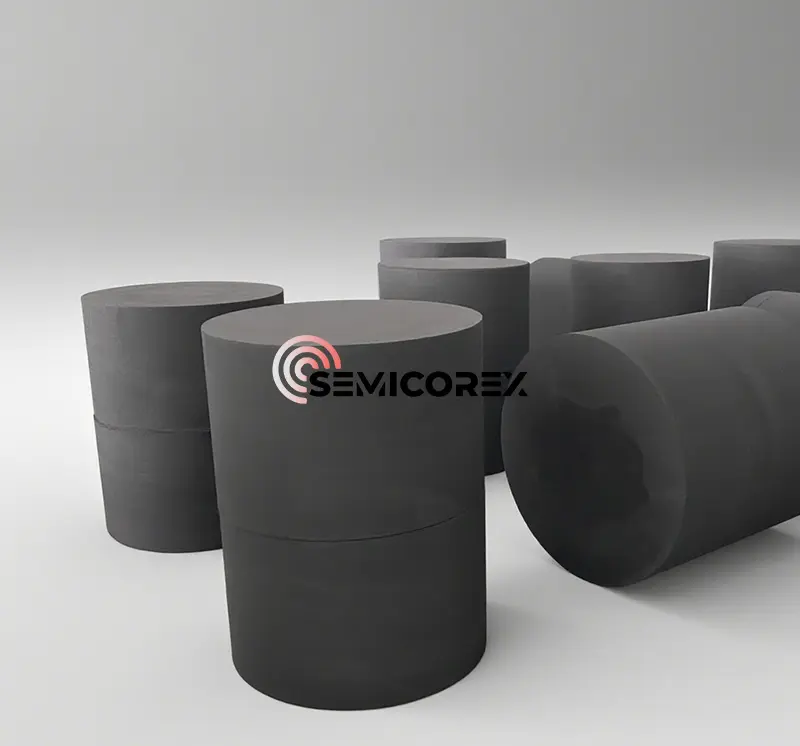
1. Isotropy
Different molding methods result in different properties in different directions. This is primarily reflected in resistivity, thermal conductivity, mechanical properties, and thermal expansion coefficient. The general measurement method is to sample the product perpendicular to and horizontally from the pressure surface, measure the properties separately, and then divide the smallest value by the largest value to obtain the isotropy ratio.
Traditional carbon/graphite products exhibit significant anisotropy, i.e., the properties of the product are different in the directions perpendicular to and horizontal to the pressure surface. The corresponding difference in performance is generally greater than 1:1.1, hence the term anisotropy. In many cases, this difference is fully exploited, and the greater the difference, the better. Examples include graphite electrodes for steelmaking and brushes for motors. Many applications, such as EDM and single-crystal silicon thermal field applications, increasingly require carbon/graphite products to exhibit isotropy (with an orientation ratio within the 1:1.05 range).
2. Large Dimensions
The market is increasingly demanding larger product sizes. For example, single-crystal silicon products have grown from 6- and 8-inch sizes to 12-inch sizes. The size of graphite materials used in thermal fields is also increasing. This is also increasing. Similar trends are seen in other related industries. Graphite for EDM, continuous casting, and nuclear reactors also requires large-scale products. This is difficult to achieve using molding and extrusion methods. The primary problem with large-scale product production is calcination cracking, and the larger the product, the higher the chance of calcination cracking.
3. Fine Structure
As a structural material, it requires high physical and chemical properties. On the one hand, the finer the particle size of the carbon particles that make up the carbon/graphite material, the denser its texture and the higher its mechanical strength.
Isostatically pressed graphite is widely used in semiconductor manufacturing processes. It is used in graphite components for the hot zone of single crystal growth furnaces, such as crucibles, heaters, flow guides, and insulation covers; and in graphite components used in epitaxial processes.
- View as
Self-lubricating Graphite Bushings
Self-lubricating graphite bushings are the innovative bearing components that can provide lubrication to mechanical components without the additional lubricant. With their superior self-lubricating property, exceptional load-bearing capacity and excellent high-temperature and corrosion resistance, Semicorex’s self-lubricating graphite bushings are the optimal lubricating solution to the demanding working conditions.
Read MoreSend InquirySiC-coated Graphite Crucibles
SiC-coated graphite crucibles are essential containers precision-machined from silicon carbide-coated graphite material, offering excellent high temperature resistance and chemical corrosion resistance. With their superior performance and reliable quality, Semicorex's SiC-coated graphite crucibles are the optimal solution for achieving controlled high-quality crystal production.
Read MoreSend InquiryImpregnated Graphite Rods
Semicorex Impregnated Graphite Rods are precious machined, they are made of high quality impregnated graphite, widely used in the mechanical industry. Semicorex is a top-notch company in China that delivers high-quality graphite products.*
Read MoreSend InquiryGraphite Copper Sleeve
Semicorex Graphite Copper Sleeve is a type of sleeve that relies on its own lubricant for lubrication. The product uses copper alloy as the base material, with orderly arranged and appropriately sized holes drilled into the base, and then graphite plugs are embedded in it. Semicorex can supply the finished graphite copper sleeve, or customized graphite plugs.*
Read MoreSend InquiryCarbon Graphite Bearings and Bushings
Semicorex carbon graphite bearings and bushings are made of high-quality carbon graphite, widely used in mechanical industries. Semicorex delivers qualified products based on customers' requirements.*
Read MoreSend InquiryGraphite Bearings
Semicorex graphite bearings has the great advantages on self-lubricating, high-temperature resistance, corrosion resistance, light, etc. It is widely applied in various industries for machine running. Semicorex is committed in supplying qualified products to support our customers.*
Read MoreSend Inquiry
